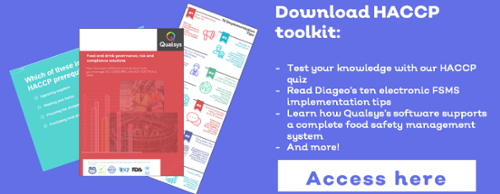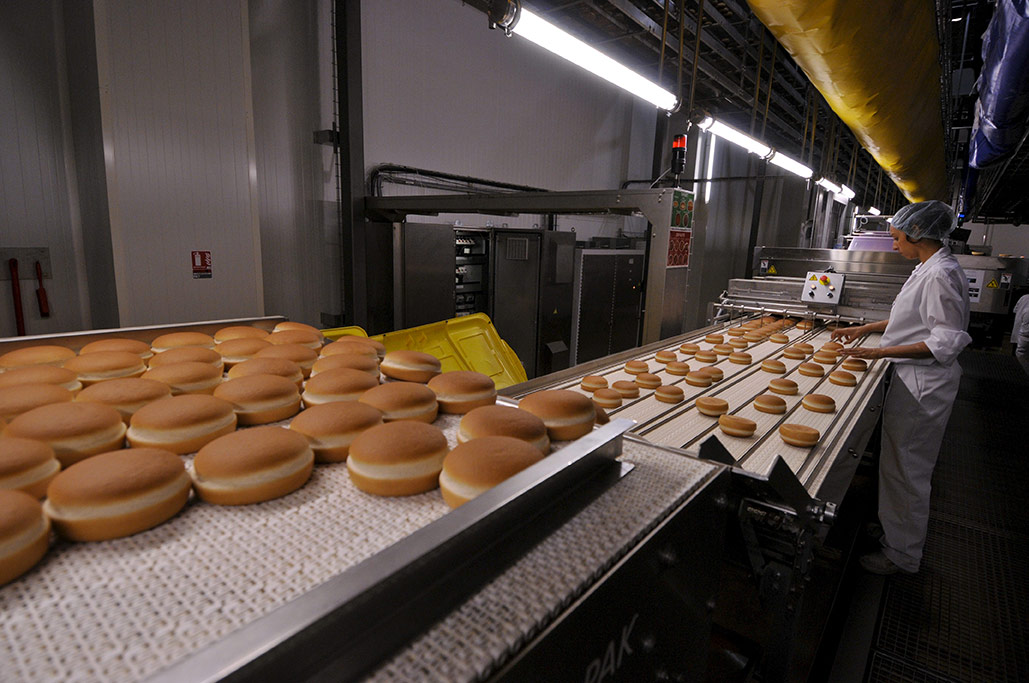Want to contribute to this article?
August 2018 saw the release of the eight edition of the BRC's Food Safety Standard. Businesses have until 1 February 2019 to make the transition before audits are conducted in accordance with BRC 8.
The Qualsys team have collated the main changes in BRC 8 - if you're looking to transition to the new standard and see what's changed from BRC 7, start with our gap analysis below.

Section 1: vertical culture and whistleblowers
Section 1 spells out 'senior management commitment' to the food safety agenda, mandating a vertical culture incorporating a strategic plan for continual review and improvement.
As well as 'top down' requirements, Clause 1.1.6 prescribes a 'bottom up' whistleblower system for anonymous reporting of potential issues to senior management. These might be related to:
- Quality
- Legality
- Integrity
- Safety
The method for raising concerns must be clearly communicated to staff - and the response to raised issues must be clearly documented by management.
Marketing Manager Emily Hill notes that:
It's obvious that the food industry wants to avoid another horsemeat scandal at any cost. Encouraging vigilance and reporting from the entire business is a sensible step in the right direction and should increase the visibility of senior management into areas of potential risk.
Section 1 therefore places a new emphasis on inter-business communication: the commitment to continual food safety radiating down from C-level, and being supported by feedback and communication from the factory floor.
Section 3: cyber security
Clause 3.11.1 of Section 3 of BRC 8 now mandates that food/drink businesses implement procedures for mitigating cyber security risks and documenting any security breach events.
Head of Quality Kate Armitage comments that:
Not only does Section 3 now encourage businesses to dovetail their GDPR and ISO 27000 procedures with their food safety management system, it shifts the BRC emphasis from food safety alone to a more holistic food business management system, that incorporates information security as well as physical food security.
In short: the new Food Safety Standard slots in with the broader information security compliance landscape by recognising the 'cyber dimensions' of food safety for the first time.
Section 5: pet food
Pet food manufacturers are now integrated into BRC with Section 5, which mandates clear policies and processes by animal species and intended use, as well as laying out labelling and ingredient requirements for medicated products.
The American FDA already enforces stringent food safety requirements for pet food companies after the 2007 recall crisis - so these new clauses should be seen as an attempt to bring the full range of human and non-human food production into the BRC umbrella in the same way.
 Section 8: high risk, high care and ambient high care risk zones
Section 8: high risk, high care and ambient high care risk zones
All high risk, high care and ambient high care production requirements have been centralised into the new Section 8, placing greater emphasis on pathogen and cross-contamination control through more focused management and auditing.
Senior Business Development Manager Alex Swan comments that:
A dedicated high-risk section in BRC 8 looks like an attempt to bring the standard more into line with industry best practice for high-risk management scenarios. We can see some influence from the GFSI in the new section, which ties in with the overall theme of integration and dovetailing with other standards and regulations.
 Section 9 (voluntary): traded goods
Section 9 (voluntary): traded goods
Section 9, also new, now widens the scope to any food products 'passing through' a business that is not the original manufacturer by incorporating the pre-existing voluntary 'traded goods' module.
Businesses are responsible for ensuring their traded goods, as well as their own, are legally compliant and in accordance with product specifications, and most importantly, as Account Manager Jon Armitage notes,:
Businesses audited to BRC 7 know that traded goods non-conformances didn’t previously count towards the letter grade – they will under BRC 8. This could potentially mean a shift in grading for businesses with weaknesses in this area - so they should take steps to pay the same level of attention to traded goods as those they manufacture themselves.
A strong performance in Clauses 1 to 8 but a non-conformance for Clause 9 of BRC 8 will mean a B grade, rather than the A grade it would've been under BRC 7 - so re-suppliers and distributors should focus on Clause 9 closely if they don't want to see their gradings slip.
Further resources
Many of the labelling requirements from BRC 7 remain the same in BRC 8; learn how businesses already use an electronic quality management solution for airtight food labelling compliance here.
Or try our free HACCP toolkit:









Share your thoughts on this article